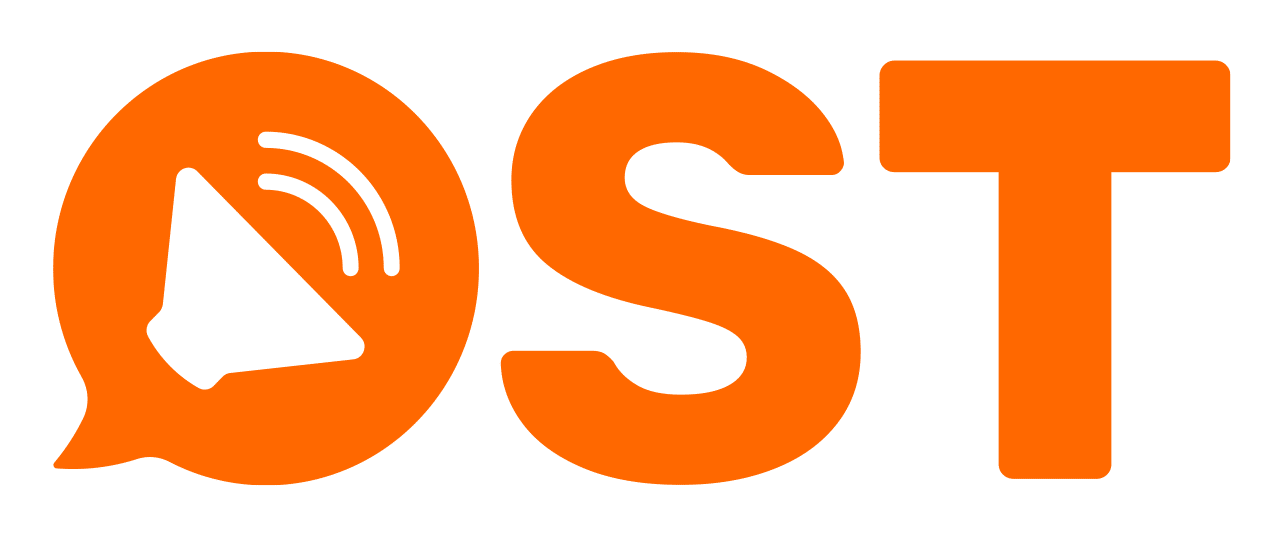Measurement in B2B Social media: Part 1
OST’s Guide to B2B Social Media Measurement
It’s rather painful to say, but I’ve been writing about B2B social media measurement for over 20 years now and one fact remains: it never gets any easier.
That said, some things have moved in our favour.
Senior execs today have a greater understanding and appreciation of the business impact of social media than ever before. Some CEOs themselves are even social media influencers.
Measurement tools have improved markedly. We still can’t really trust the data we’re given (as this is dependent on the accurate reporting of the social networks), but at least, once you’ve chosen a tool and identified your metrics, you can benchmark pretty well.
Critically, we’ve figured out some best practice models that actually work. This definitely wasn’t the case ten or fifteen years ago. I’m actually going to share some of these models in this post.
But as always it’s two steps forward, one step back.
There are still no uniform definitions of ‘follower’, ‘reach’ or ‘engagement’ across the social networks, making it impossible to accurately compare performance between channels, or view your data as a whole.
The social networks also still limit access to meaningful data, except in relation to advertising. Of course, they want to drive advertising revenues, but they also say they want businesses to post high-quality organic content. Given the paucity of organic data on offer, this becomes a pretty hollow message!
And, although they may appreciate the value of social media, few senior execs really understand what drives performance. This is especially so in B2B, where only a tiny brave minority are prepared to stand out from the crowd.
So, what’s the best approach to B2B social media measurement?
At OST, we’ve developed a three-step model for B2B social media measurement that we’ve been using successfully for global B2B brands for many years. I’ll outline it here, but obviously, if you really want to do it properly I’d advise you to speak with us directly. This isn’t a Pro-forma model, more a direction of travel.
The first step is to create your Measurement Framework. To do this you’ll need to map out your Objectives (.e. what you plan to achieve), your Tactics (i.e. how you plan to do it) and your KPIs (i.e. what specific measurements you’ll track).
The key to success is to ensure your KPIs relate directly to your tactics and your tactics can be ascribed to an overarching objective.
If you can achieve an obvious logic between a set of KPIs and an Objective, and crucially, get your senior execs to buy into that logic – you’ll have a workable Measurement Framework.
Remember: This isn’t an exact science. You cannot prove a direct causal relationship between social media KPIs and business outcomes. What you CAN do is get everyone to agree on a set of assumptions – which is, ultimately, what a Measurement Framework is.
Once everyone is agreed on the framework, you need to map out your Content Pillars.
What’s a Content Pillar?
Content Pillars are ways of categorising your content so that you can break down your social media results (i.e. likes, shares, engagements etc.) into smaller sections and therefore figure out what’s working and what isn’t.
You might want to categorise your content by topic (e.g. digital transformation, product or CSR), by format (e.g. video, poll or link), or by objective (e.g. brand awareness, lead generation, or thought-leadership). It’s up to you. Obviously the closer they can relate to your Measurement Framework, the easier your job will be.
In practical terms, you then need to tag each organic post you publish with your Content Pillar tags (multiple tags, if you like). You’ll need to be using one of the more sophisticated social media management platforms to do this. Usually, this will be the Business or Enterprise package.
How does this help with B2B social media measurement?
You’ll then be able to slice and dice your metrics within the analytics package of your social media platform by Content Pillar, providing a more personalised and granular view of your social media performance.
By looking at this detail, you should be able to identify which posts are driving the best results and, with a degree of certainty, dial up the volume of this type of post in order to improve your overall results.
Does this really work?
It absolutely does. OST recently used this approach to increase LinkedIn engagement for an industry-leading tech brand by 60% over 12 months. Their engagements were already in the hundreds of thousands, so this was a huge result.
We have also successfully used this model to help clients integrate marketing and HR messaging within the same social channels – a common challenge among global brands.
I urge you to try it out and, if you have a moment, share your findings in the comments below, or by @mentioning me on LinkedIn.
Alternatively, if you oversee social media for a B2B company and are keen to take your social media to the next level, do get in touch. I’m sure we can help.


